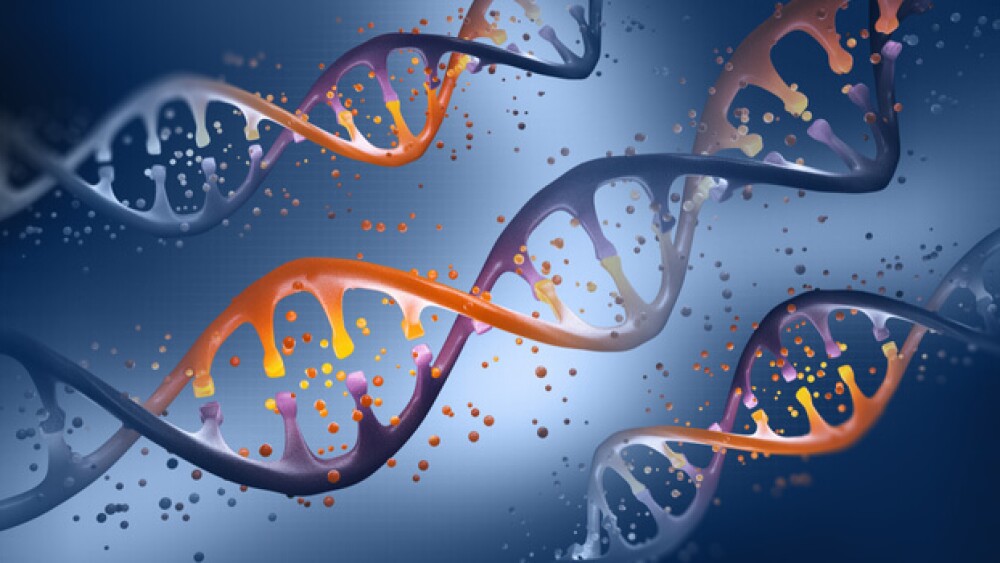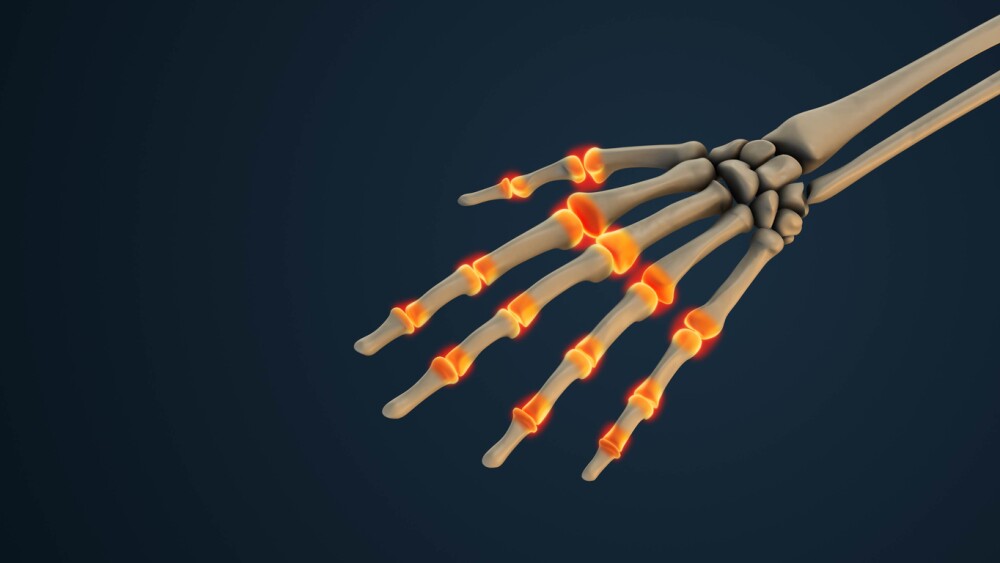Since emerging from stealth mode in 2020 Dyno Therapeutics has been busy advancing its gene therapy platform. This morning, the company bolsters its research with $100 million raised in a Series A financing round.
Since emerging from stealth mode in 2020 with multiple collaborations in place with big pharma companies, Dyno Therapeutics has been busy advancing its gene therapy platform. This morning, the company bolsters its research with $100 million raised in a Series A financing round.
Cambridge, Mass.-based Dyno Therapeutics is advancing its CapsidMap platform, which leverages the power of artificial intelligence to improve the design of gene therapies and make them safer, more effective and applicable to more diseases. Additionally, the company’s proprietary platform is expected to improve the manufacturing of AAV gene therapies.
Funds from the Series A will be used to expand the CapsidMap platform to broaden the functionality and improve the therapeutic impact of the gene therapies developed by its partners, Novartis, Roche and Sarepta Therapeutics. The platform is being used to create vectors that target liver, muscle, eye and central nervous system (CNS) disease. Dyno expects to expand its programs into lung, heart and kidney disease.
The CapsidMap platform is designed to overcome the current limitations of gene therapies by optimizing capsids, which are the cell-targeting protein shells of Adeno-Associated Virus (AAV) vectors. Current gene therapies typically use a smaller number of naturally occurring capsids that Dyno Therapeutics said are limited by delivery efficiency, pre-existing immunity, payload size, and manufacturing challenges.
Through a comprehensive map of capsid sequence space combined with AI-powered tools, Dyno can accelerate the design of AAV gene therapies with “optimized properties including improved efficiency, safety, manufacturability and applicability for treating a broader range of diseases.”
Dyno said the proceeds would also be used to expand its operations, bolster its intellectual property, and strengthen its business development and partner success teams. The Series A funding will also enable Dyno to significantly increase its employee base across science, machine learning and business functions.
Eric Kelsic, founder and chief executive officer of Dyno Therapeutics, said the Series A financing will accelerate the company’s AI-powered discovery of best-in-class capsids targeting all major organs and cell types. This, in turn, will allow the company to expand its business infrastructure and establish additional partnerships, he said. By doing so, Kelsic predicts the company will become the premier developer of gene therapy vectors.
“Dyno was the first to combine machine learning with data from high-throughput in vivo experiments to optimize and accelerate the design of improved capsids for gene therapy. Our CapsidMap platform brings unprecedented scale and technical sophistication to solving in vivo delivery, the key challenge for gene therapy, making therapies more effective, safe, manufacturable and capable of benefiting more patients,” Kelsic said in a statement.
The Series A was led by Andreessen Horowitz. New investors in the company include Casdin Capital, GV, Obvious Ventures and Lux Capital. Dyno’s founding investors Polaris Partners, CRV, and KdT Ventures, also participated in the Series A.
“Dyno’s AI-powered approach to designing gene therapy vectors has transformative potential to expand the treatment landscape for gene therapies, opening new opportunities to cure thousands of diseases for patients,” Jorge Conde, General Partner at Andreessen Horowitz and member of the Dyno Therapeutics Board of Directors. “Up until now, gene therapies have been stymied from treating more diseases and reaching more patients due to the limitations of naturally occurring AAV vectors. The field needs improved gene delivery and is eager to discover and adopt improved AAV vectors. Dyno directly addresses and solves this challenge.”





